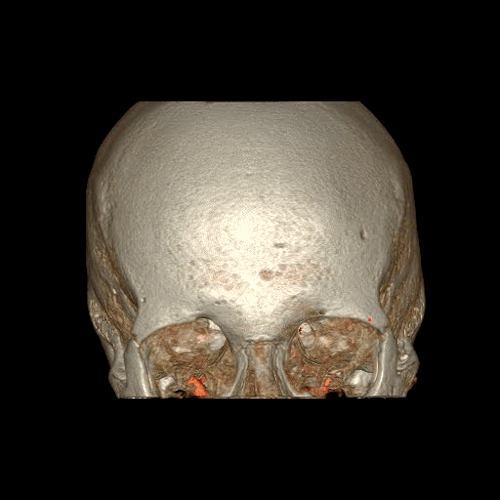Thomas Edison’s light bulb patent was 15 years old when Wilhelm Roentgen discovered X-rays and proved their power by imaging the bones inside his wife’s hand. “I’ve seen my death,” she reportedly said after seeing the picture. But engineer and polymath Elihu Thomson, who together with Edison and J.P. Morgan co-founded GE in 1892, had longevity in mind. A year after Roentgen’s discovery, he modified Edison’s light bulb design and made it emit X-rays. He then used it to build one of the first commercial X-ray machines, which allowed doctors to diagnose bone fractures and locate foreign objects in the body.
It also launched GE into the healthcare business.
Today, GE Healthcare makes everything from advanced imaging machines to software powered by artificial intelligence that can be used to process, analyze and probe for insights the terabytes of data the machines produce. The business generated $18 billion in revenues in 2020 and played an important role in helping clinicians fight the COVID-19 pandemic. Take a look at our slideshow of GE’s imaging advances below.
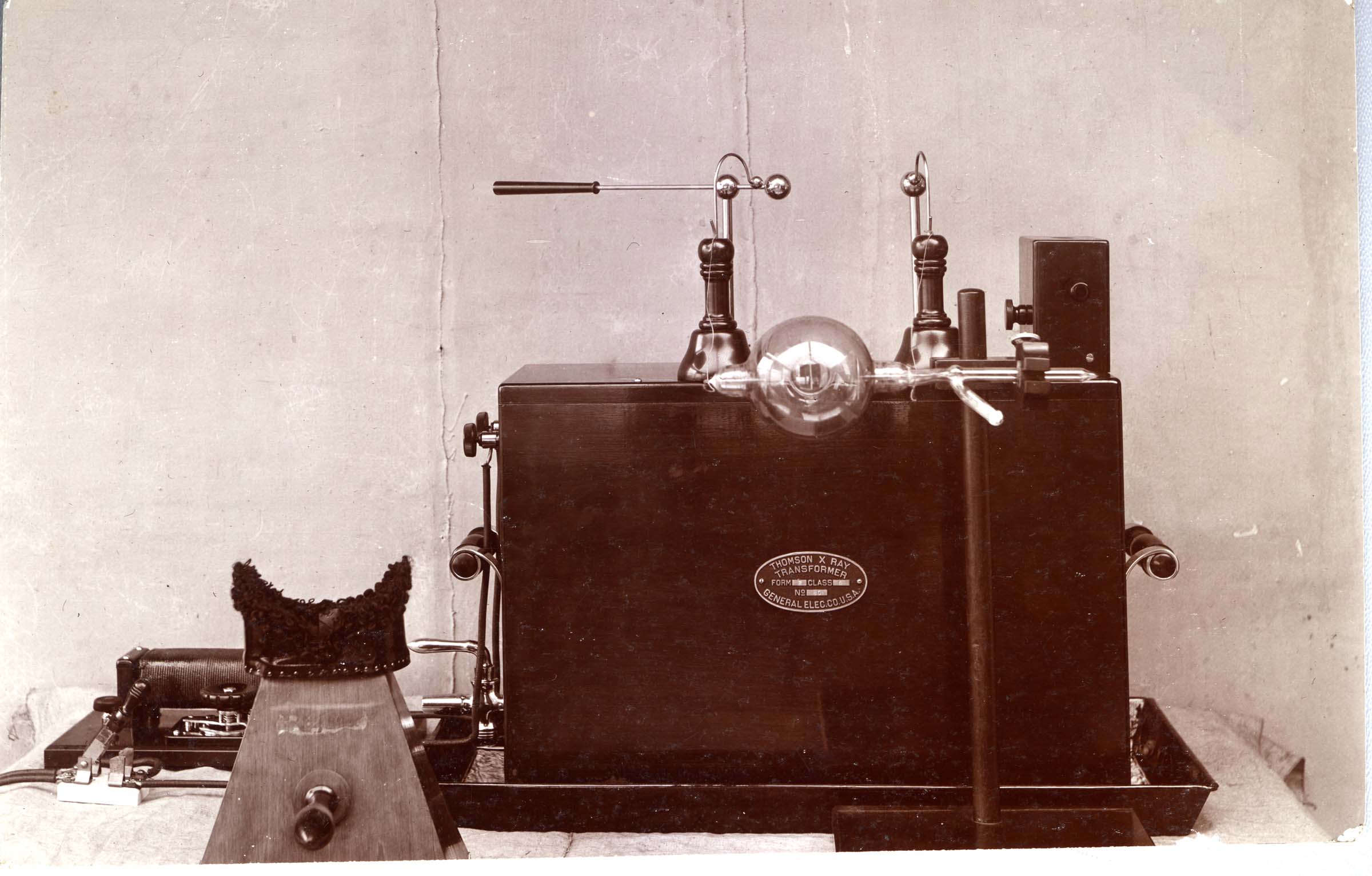
Above: Elihu Thomson’s X-ray machine from 1896. Image credit: GE. Top: The latest GE imaging systems, like the Revolution CT, can produce detailed images of the heart and vascular system. Image credit: GE Healthcare.
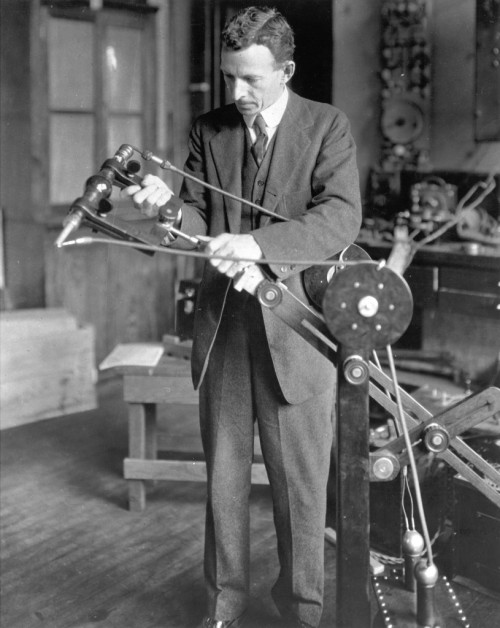
GE’s William Coolidge invented what is considered the modern X-ray tube. He also developed an early portable X-ray machine. Coolidge’s X-ray machine was used in military hospitals during World War I. Image credit: Museum of Innovation and Science, Schenectady, New York.
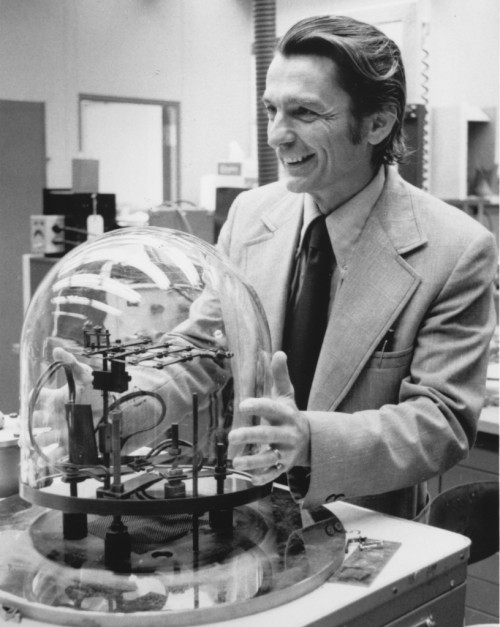
In 1932, GE scientist Irving Langmuir won the Nobel Prize in Chemistry for discoveries that led to early coronary artery imaging. In 1973, his GE colleague Ivar Giaever (above) received the Nobel Prize in Physics for research that led to the first GE MRI machine a decade later. Image credit: Museum of Innovation and Science, Schenectady, New York.
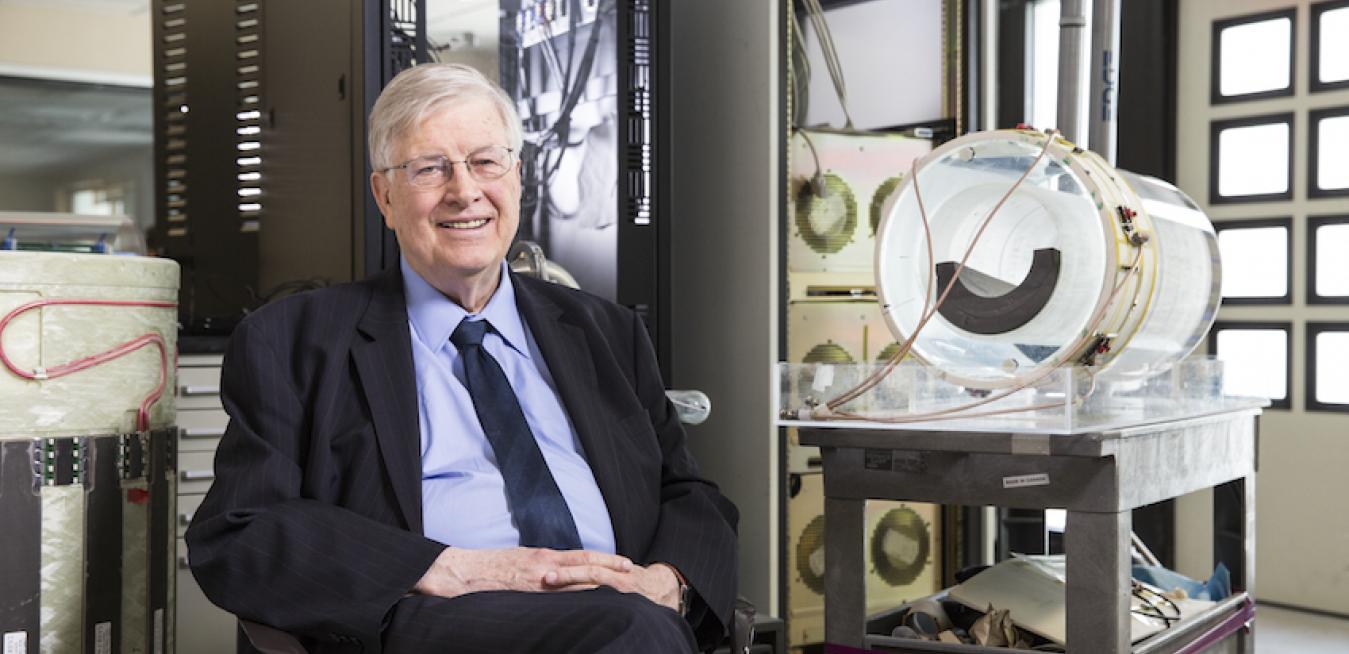
Working at GE Research, John Schenck took an image of his brain with a GE MRI scanner in the 1980s. The machines helped launch a way to image the body that didn’t require radiation. Image credit: GE.
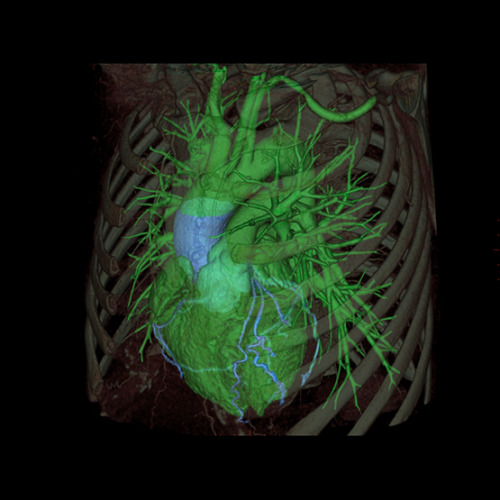
An image of the heart taken with GE’s Revolution CT scanner. Image credit: GE Healthcare.
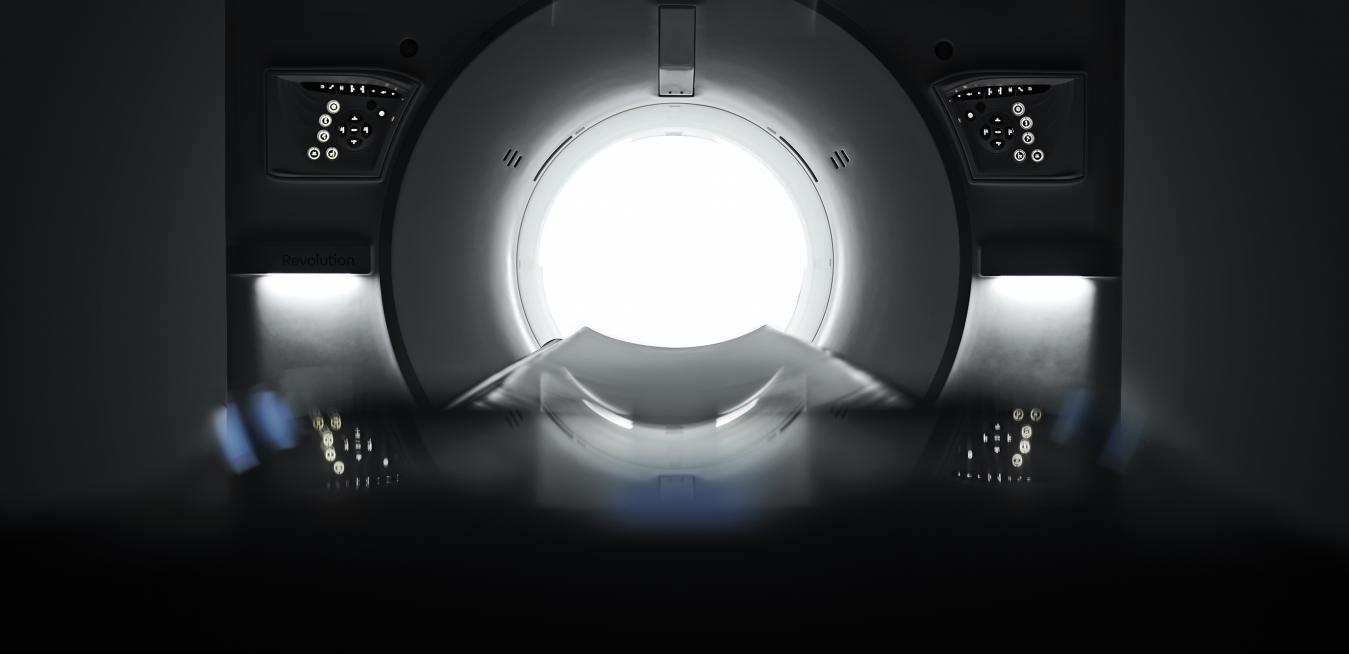
In 2020, engineers from GE Research and GE Healthcare, working with the Swedish startup Prismatic Sensors AB, announced that they’d invented a new way to capture and analyze X-rays using photon-counting technology* with the potential to produce computed tomography (CT) images with greater clarity and specificity while exposing patients to less radiation than traditional CT scans. Image credit: GE Healthcare.
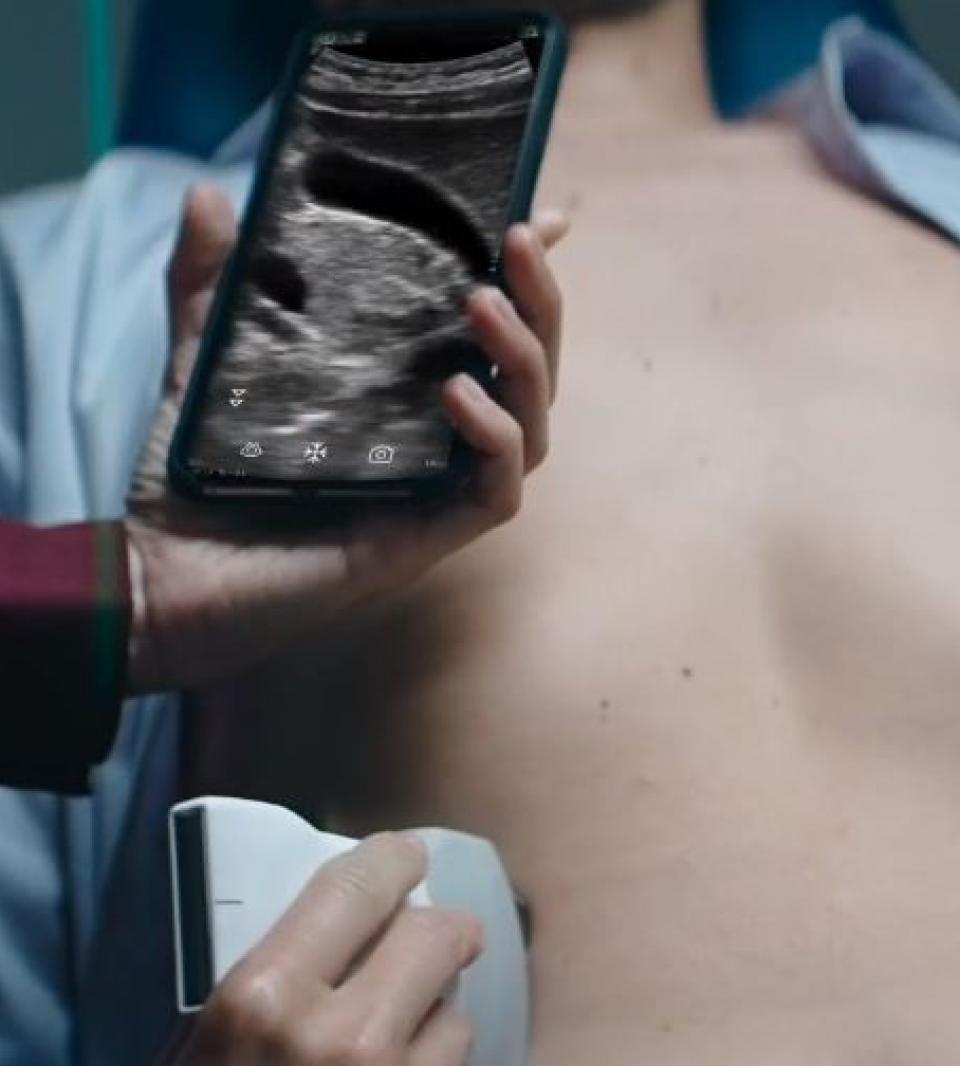
GE Healthcare is also a leader in ultrasound technology. This spring, the company unveiled its Vscan Air, a pocket-sized wireless ultrasound system. Image credit: GE Healthcare.
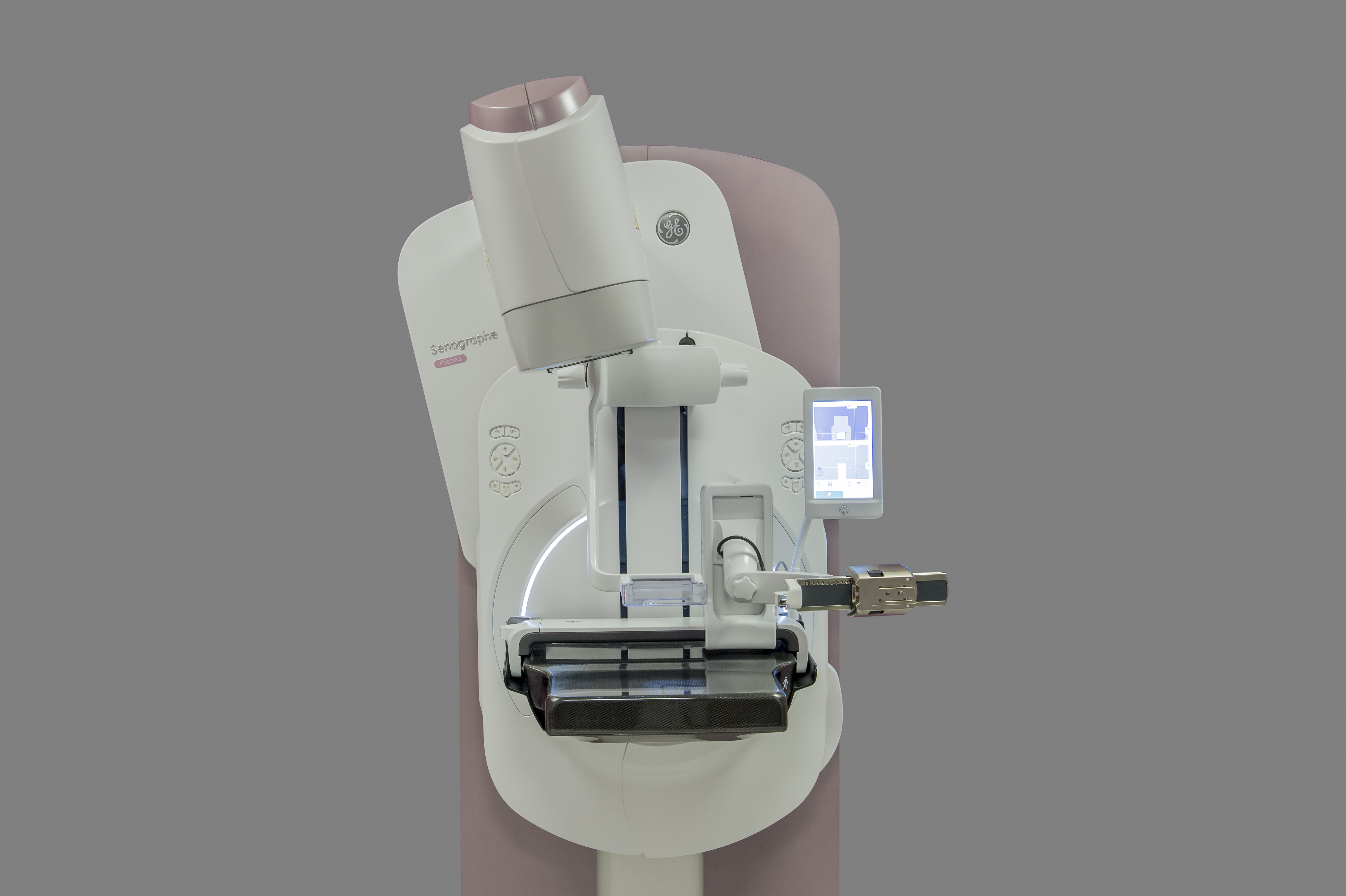
Mammography systems like Senographe Pristina and Serena Bright build on decades of research and commercial development. They help doctors diagnose breast cancer faster and improve treatment. Image credit: GE Healthcare.
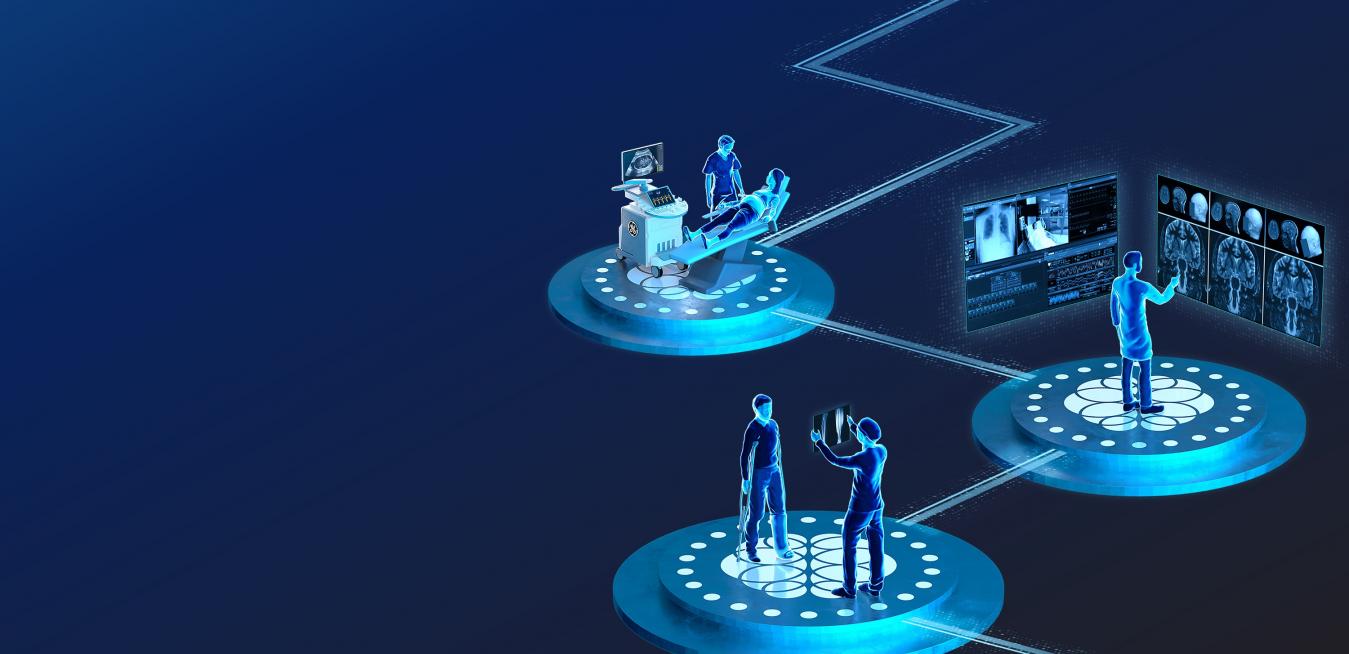
GE Healthcare is looking at precision health as it moves into the future. It is developing artificial intelligence software and solutions to help process imaging data faster and speed up diagnoses. New systems and solutions include the Edison Marketplace and Edison HealthLink, the Mural Virtual Care Solution system, command centers for hospitals and other technologies. Image credit: GE Healthcare.
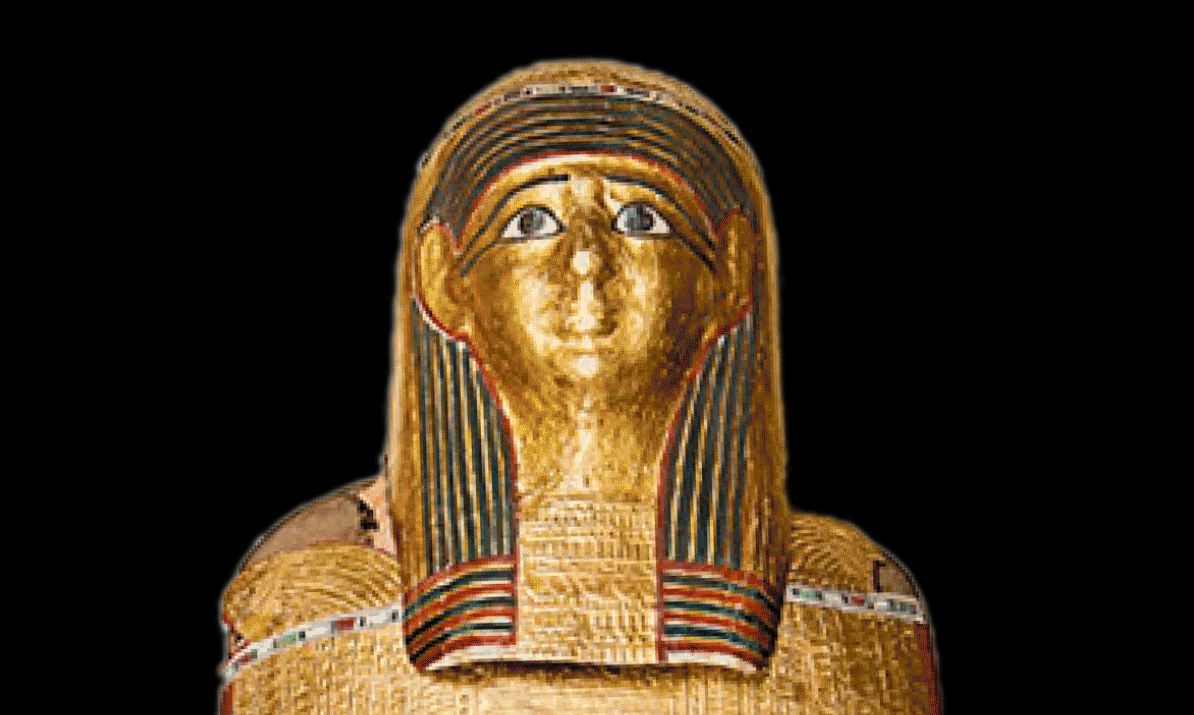
But it’s not just human bodies GE scanners get to inspect. They have been also used for science art. In 1939, GE medical scanners produced X-ray images of mummies for the New York World’s Fair. Scientists are still using GE imaging machines to study lost art, a baby woolly mammoth and a piece of a sunken ship. GIF credit: GE Healthcare. Image credit: RTVE.
*Technology in development that represents ongoing research and development efforts. These technologies are not products and may never become products. Not for sale. Not cleared or approved by the U.S. FDA or any other global regulator for commercial availability.
